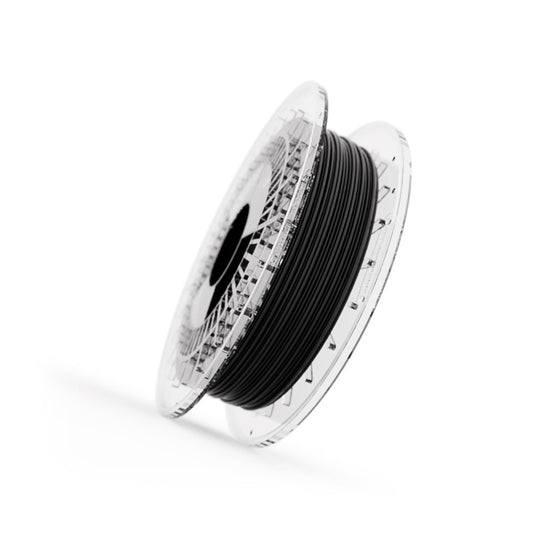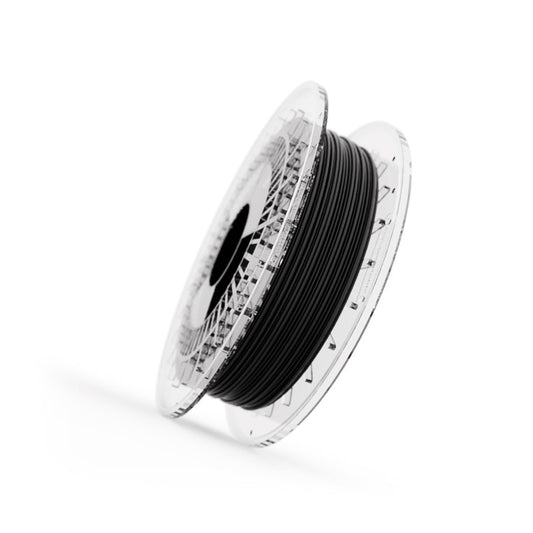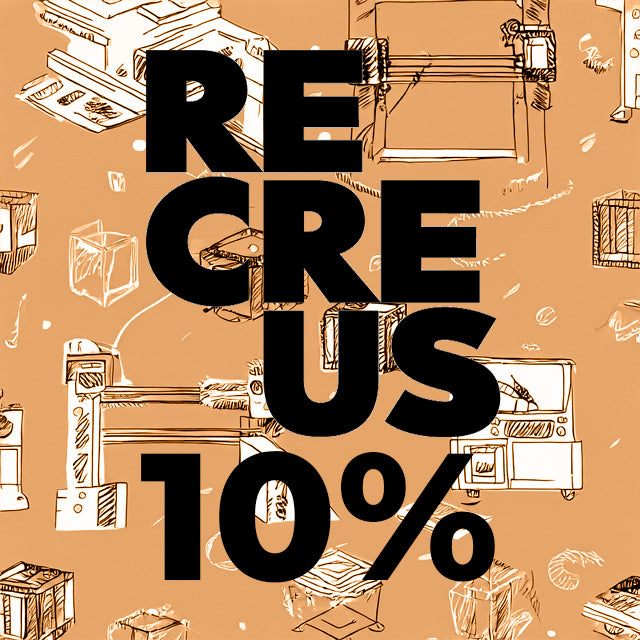Giornata della stampa 3D - Storia della stampa 3D
Giornata della stampa 3D
Appassionati di stampa 3D, oggi 3 dicembre (3D) celebriamo la GIORNATA INTERNAZIONALE DELLA STAMPA 3D!
Dopo più di 30 anni dall'invenzione della prima stampante 3D, questa giornata si impegna a sensibilizzare, educare e promuovere i benefici dell'industria della stampa 3D o della Manifattura Additiva, come è anche conosciuta.
Una tecnologia che ha dato un enorme impulso all'industria e alla società, creando e producendo nuove opportunità innovative e rivoluzionarie.

Breve Storia della Stampa 3D
La prima stampante 3D fu creata nel 1984 da Charles Hull, che la chiamò "stereolitografia". Hull avrebbe poi co-fondato 3D Systems Corporation, una delle organizzazioni più grandi e prolifiche che operano oggi nel settore della stampa 3D.
La tecnologia era inizialmente chiamata "Prototipazione Rapida" (RP) perché le sue applicazioni iniziali erano focalizzate sulla prototipazione dello sviluppo di prodotti all'interno dei settori industriali.
Durante gli anni '90 e i primi anni 2000, la ricerca e sviluppo in questa tecnologia era ampiamente concentrata su applicazioni industriali, e il termine "Rapid Manufacturing" guadagnava importanza insieme a "Rapid Prototyping" man mano che venivano sviluppati processi e materiali che consentivano la produzione di parti finali d'uso.
Nel 2009, i primi brevetti FDM sono scaduti, e una vasta comunità di sviluppatori di stampanti 3D open-source è emersa. Questo ha portato alla disponibilità delle prime stampanti 3D da scrivania per il pubblico.
Applicazioni Attuali
Oggi, la stampa 3D è utilizzata in molti settori tra cui:
- Industria medica e dentale
- Aerospaziale e automobilistico
- Architettura
- Design industriale
- Moda e gioielli
- Istruzione
- Settore alimentare

E cosa c'è dopo? Di quello che siamo sicuri è che la tecnologia di stampa 3D non ha limiti ed è in piena espansione. Senza dubbio, ha tutto il potenziale per continuare a sorprenderci e rivoluzionare molti altri settori e industrie che necessitano di un cambiamento per migliorare e diventare più sostenibili e/o efficienti.
Origine: 3D Natives e Wikipedia.









